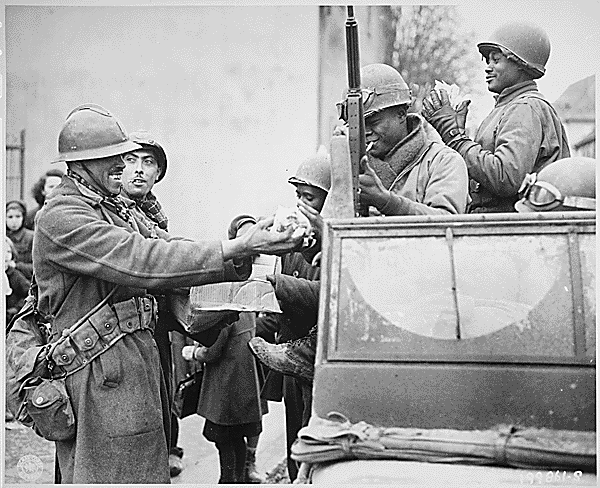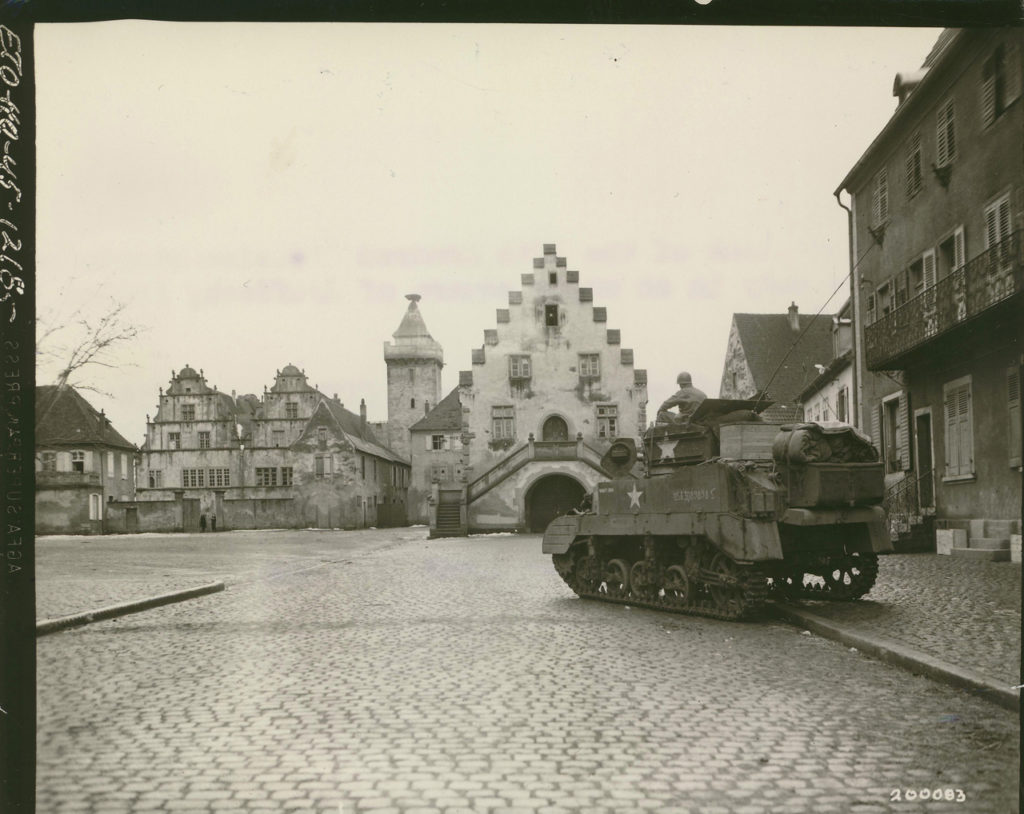The American and French offensive in mid-November 1944 was a success, resulting in liberation of most of Alsace. However, the Germans retained a large bridgehead on the western bank of the Rhine around the city of Colmar, a thorn the side of Allied 6th Army Group.
Having broken German resistance in the Vosges and the Belfort Gap, the Allies reached the Rhine at Strasbourg and near Mulhouse. Between these points German forces managed to hold onto a 65-kilometre stretch of the western bank of the Rhine, centred around the city of Colmar. Early attempts at reducing this pocket failed due to logistical problems, the inexperience of the rapidly expanding of the French army. Personal factors also contributed to the situation as general Leclerc initially refused to serve under general de Lattre due to his past service for the Vichy regime. Thus the attempt at reducing the pocket in late December failed.
Adolf Hitler, claiming Alsace to be a part of the Greater German Reich, stressed the necessity of holding on to the pocket as a springboard for an offensive to retake the region. In order to ensure that, he entrusted the command in the area to the notorious Heinrich Himmler, the Reichsführer of the SS.
On 8th January 1945 the southern element of Operation Nordwind began. German units attacked from the pocket, aiming to retake Strasbourg. French 2nd Corps managed to top them after few days of heavy fighting.
On 20th January, in heavy snowfall, French 1st Army, reinforced with U.S. units and, now, Leclerc’s 2nd Armoured Division, began the assault on the pocket. Despite the surprise, the Germans put up determined resistance. Only on 2nd February French troops entered Colmar, clearing the remnants of German defenders by the next day. The last vestiges of German resistance in the Pocket were broken by 9th February.


